Product News
-
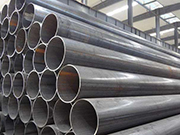
Basic Requirements for the Appearance of Straight Seam Steel Pipe Welds and Production Temperature
First, Basic Requirements for the Appearance of Straight Seam Steel Pipe Welds. Before non-destructive testing of straight seam steel pipes, the appearance of the welds should meet the requirements. The general weld appearance of the straight seam steel pipe welds and the surface of the welded jo...Read more -
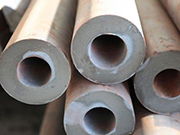
Hot Deformation, Microstructure Evolution, and Welding Methods of Thick-Walled Welded Steel Pipes
First. Hot Deformation and Microstructure Evolution of Thick-Walled Welded Steel Pipes Thick-walled welded steel pipes are a difficult-to-deform precipitation-strengthened nickel-based superalloy, similar in composition to the former Soviet Union’s EI929 alloy, exhibiting high levels of sol...Read more -
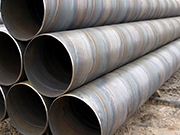
Commonly Used Quality Inspection Methods for Spiral Steel Pipes in Industry
1. Surface Judgment (Visual Inspection): Visual inspection of welded joints is a simple procedure with various methods, and is an important part of finished product inspection. It mainly focuses on finding surface defects and dimensional deviations in the weld. Generally, it is done by visual obs...Read more -
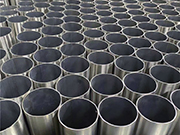
X56N PSL2 seamless steel pipes chemical properties, construction and application
X56N PSL2 seamless steel pipes are commonly used in industrial projects due to their tolerance-free outer diameter and excellent chemical properties. As a core steel pipe in the oil and gas transportation field, X56N PSL2 seamless steel pipes play a crucial role in long-distance pipeline construc...Read more -
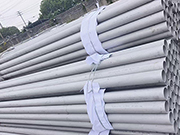
Performance, Characteristics, and Applications of 316Ti Seamless Stainless Steel Pipe
316Ti seamless stainless steel pipe, as a high-performance alloy material, plays a crucial role in industrial applications. Especially in applications requiring high strength, corrosion resistance, and high-temperature resistance, 316Ti seamless stainless steel pipe has become the preferred choic...Read more -

What’s the difference between steel elbows and steel tees
Steel elbows and steel tees are two common fittings in steel pipe systems, playing important roles in pipe connections and reversals. Although both are pipe connectors, they differ in structure and function. This article will detail the differences between steel elbows and steel tees. First, stru...Read more
